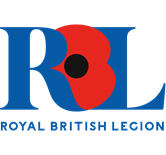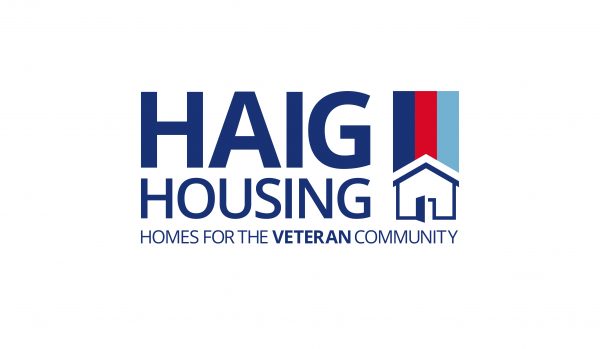Today (8 August) we published the results of a recent consultation which will inform new guidance for publication later this year. The topic is a broad one – setting out the principles that trustees should follow when their charity works closely with a non – charitable organisation. We are pleased with the volume and quality of the responses and I really value the time that many have given to this.
These relationships can help charities further their purposes and make a positive difference in important ways: bringing in vital funding from trading and other sources, and partnering with others to strengthen the quality and reach of a charity’s work are just a couple of examples.
This guidance isn’t intended to frustrate charities. We know that many work successfully – and with care – alongside other organisations. But the connection with a non-charity can expose charities to additional and sometimes significant risks – so it is vital that trustees are equipped to manage these relationships with a critical eye.
That’s precisely the thinking behind developing this new guidance, and I’m glad to see that those who engaged with the consultation largely welcome its arrival. Until now, there has been no single piece of guidance which draws together the full range of issues that trustees face in this area. It won’t be a rewriting of trustee duties – it will bring together existing rules and enable trustees to see them through a new lens.
This new tool will remind trustees of the status, privilege and responsibility that comes with being a registered charity, and what they need to do to protect it when they are working closely with others.
They have to make sure that everything their charity does furthers its purposes and values. They must be able to demonstrate their independence. Organisations which aren’t charities don’t have to follow the same rules and may be unfamiliar with them.
This consultation process has been constructive. We have identified some common themes and suggestions which we will consider when shaping the final version of the guidance. Here are some of the things we’re weighing up:
- we always intend to make sure our guidance is clear and user friendly and it’s likely we’ll bring in more signposting to address concerns about length and duplication or confusion
- we want to help charities comply with the law. The results show that people value having some practical resources, so we’ll keep those but look to make them more useful
- respondents also rightly questioned the cost of implementing some parts of the guidance, so we expect to build in more proportionality
- a close look at the design and presentation of the end product will help us to make the guidance work better for its wide audience
So we have listened, we are making some changes, and we plan to check in again with some stakeholders as we develop a version for publication later this year.
Ultimately this is about protecting what charity is. Our role is to represent the public interest to charities, and these issues go to the very heart of public trust. Because this is so important, it’s not easy. But I am positive that this feedback will help us strike the right balance, and that users will see the value in asking sometimes difficult questions and weighing up what they do against these principles.
We want to empower trustees to make decisions that promote their charity’s best interests. I know and trust that this is a goal shared across the sector.

















